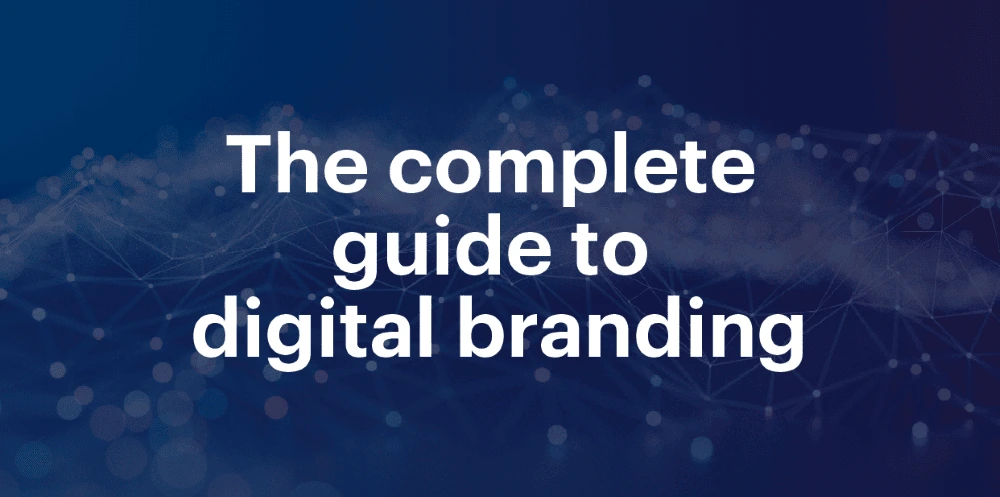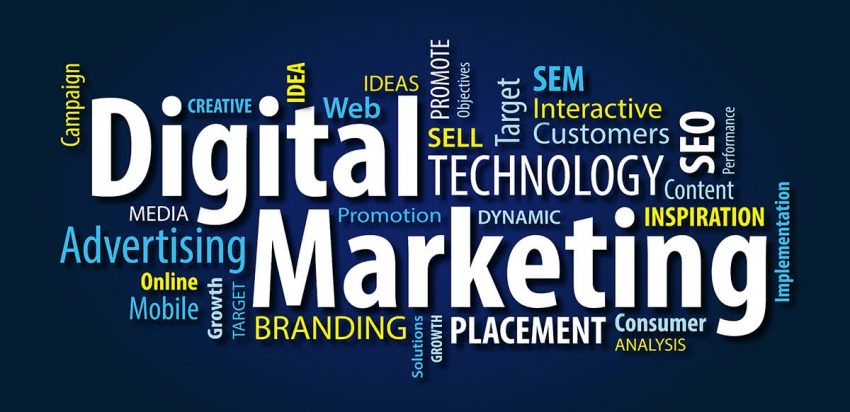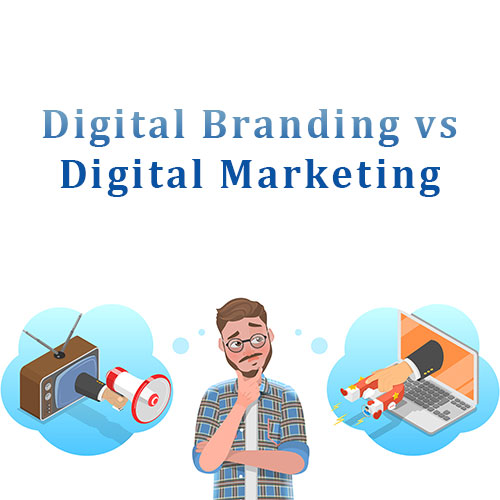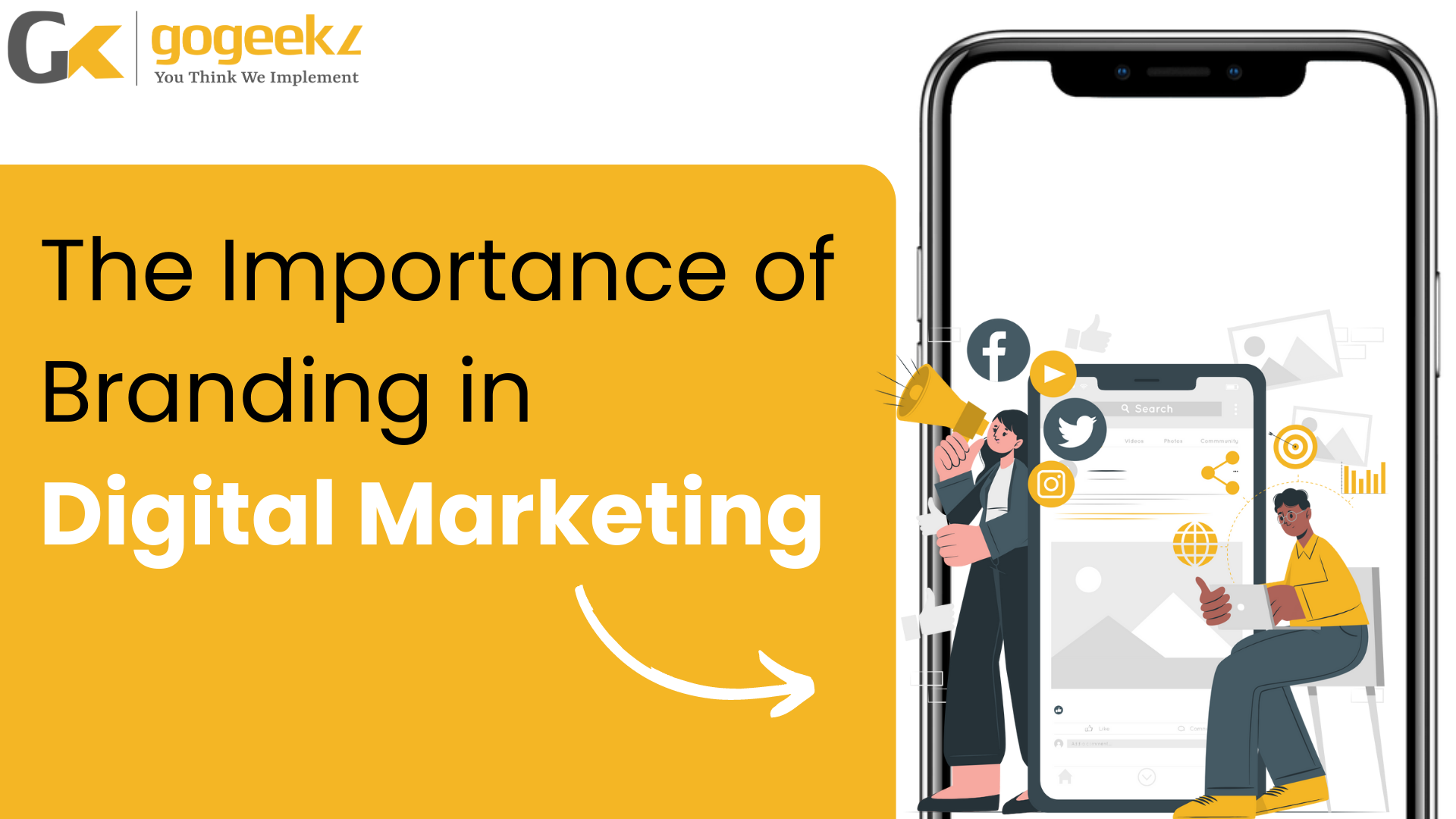| Table of Contents |
|---|
| 1.What does branding mean in digital marketing? ? |
| 2.What is branding in digital marketing? |
| 3.Digital Branding vs. Digital Marketing |
| 4.What can digital branding do? |
| 5.FAQ |
In this digital age, where consumers have access to a plethora of information and choices, how can businesses stand out and attract their attention? The answer is digital branding. Digital brand management is the key to creating a unique identity and personality for a business, resonating with the target audience and differentiating it from competitors.
But what exactly is digital branding, and why is it important? Digital brand strategy is more than just a catchy name, logo, or slogan; it’s about communicating values, vision, and benefits through various channels. The importance of digital branding lies in creating a consistent online presence across platforms, including websites, social media, mobile apps, video content, and online advertising.

In the world of digital marketing, understanding why brand identity is important for digital marketing is crucial—it’s the practice of combining all elements into one unique element that consumers can remember and associate with the brand. Elevate your business with the importance of digital branding and let your brand resonate across the digital landscape.
Incorporating a compelling brand manifesto further solidifies your brand identity, articulating your core beliefs and principles. Moreover, emphasizing your unique selling proposition (USP) through strategic digital brand strategy ensures that your online presence speaks volumes about your values and establishes a lasting connection with your audience.
What does Branding mean in Digital Marketing? ?
What is Branding in Digital Marketing?
Branding in digital marketing is the use of digital tools and strategies to create and enhance your brand identity online. The essence of digital brand management also lies in compelling brand messaging, clear, concise, and consistent across all digital channels, emphasizing your unique selling proposition and value proposition. Some of the common digital branding tools and strategies are:

1. Logo
Your logo is the visual representation of your brand. It should be simple, distinctive, and recognizable. Your logo is one of the most important element of digital brand management. It should also reflect your brand personality and values.
2. Website
Your website serves as the cornerstone of digital brand management and a key element in crafting a robust digital brand strategy. It should be user-friendly, responsive and optimized for search engines. It should also showcase your products or services, tell your brand story, and provide clear calls to action.
3. Brand messaging
Brand messaging is the articulate verbal expression of your brand, forming a pivotal aspect of digital brand management and a fundamental component of a robust digital brand strategy. It should be clear, concise, and consistent across all your digital channels. It should also highlight your unique selling proposition and value proposition.
4. SEO
Search engine optimization (SEO) is the process of improving your website’s visibility and ranking on search engines like Google. SEO helps you drive organic traffic to your website by using relevant keywords, content, links, and technical factors. The importance of digital branding is underscored through SEO, where the use of relevant keywords, content, links, and technical factors coalesce to ensure your brand maintains a prominent and discoverable online presence.
5. Social media
Social media is one of the most powerful digital branding tools. Social media emerges as a cornerstone in the realm of digital brand management and a dynamic force within an effective digital brand strategy. It stands out as one of the most powerful digital branding tools, providing a platform to connect with your audience on a personal level. It allows you to connect with your audience on a personal level, engage them with interactive content, and build a loyal community around your brand.
6. Online advertising
Online advertising takes center stage in the arena of digital brand management, constituting a vital component of a well-rounded digital brand strategy. t can include display ads, search ads, social ads, video ads, native ads, etc. Online advertising helps you reach a wider audience, generate leads, and increase conversions.
7. Content marketing
Content marketing is the creation and distribution of valuable and relevant branding digital content to attract and retain your target audience. Content marketing can include blogs, E-books, infographics, podcasts, webinars, etc. Content marketing helps you educate your audience, establish your credibility, and drive action. The profound importance of digital branding unfolds through content marketing, enabling you to educate your audience, establish credibility, and ultimately drive meaningful actions within the digital marketing landscape.
Digital Branding vs. Digital Marketing
Digital branding and digital marketing are often used interchangeably, but they are not exactly the same. Digital branding is more focused on creating a long-term relationship with your audience by building awareness, recognition, trust, and loyalty. Digital marketing is more focused on meeting short-term goals by driving sales, conversions, or leads.

However, digital branding and digital marketing are not mutually exclusive. They work together to create a holistic online strategy that benefits your business in the long run. Digital branding lays the foundation for your digital marketing efforts by creating a strong brand identity that attracts and retains your audience.
The importance of digital branding becomes evident as it sets the stage for successful and impactful digital marketing, creating a symbiotic relationship that propels your business forward in the digital realm.
Digital marketing leverages your digital branding assets by using various tactics to reach and persuade your audience to take action. Incorporating robust backup solutions and partnering with a reliable cybersecurity vendor further fortifies your digital brand, safeguarding against potential threats and disruptions.
What can Digital Branding do?
Certainly, delving into the realm of digital brand management and crafting a robust digital brand strategy can work wonders for your business if executed effectively. Digital branding can do wonders for your business if done right. Some of the benefits of digital branding are:

- It can increase your brand awareness and visibility online
- It can enhance your brand reputation and credibility
- It can create an emotional connection with your audience
- It can foster customer loyalty and advocacy
- It can differentiate you from your competitors
Conclusion
In conclusion, venturing into the realms of digital brand management and crafting a well-defined digital brand strategy is not just a choice; it’s a strategic imperative for businesses navigating the digital landscape. Moreover, strategic digital brand management serves as a powerful tool to differentiate you from your competitors, carving out a unique space for your brand in the competitive digital market.
In essence, understanding why brand identity is important for digital marketing becomes crucial, as the importance of digital branding is vividly demonstrated through its transformative impact on your business’s online presence and success.
Recognizing why brand identity is important for digital marketing becomes evident as it serves as the bedrock for customer loyalty and advocacy. The holistic benefits underline the importance of digital branding in strategically differentiating your business from competitors, ensuring a unique and impactful digital presence.





